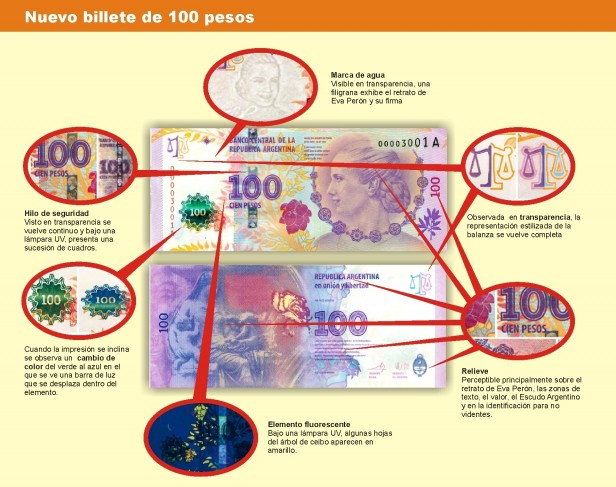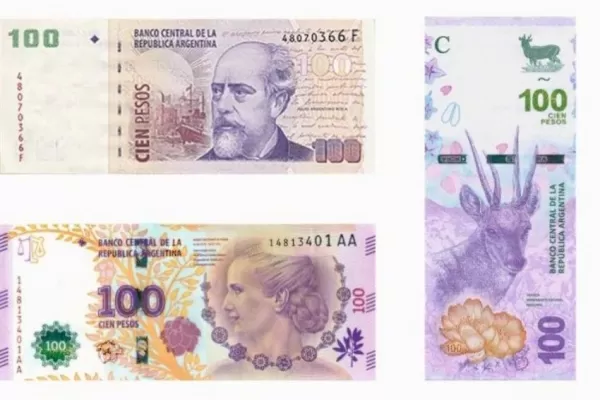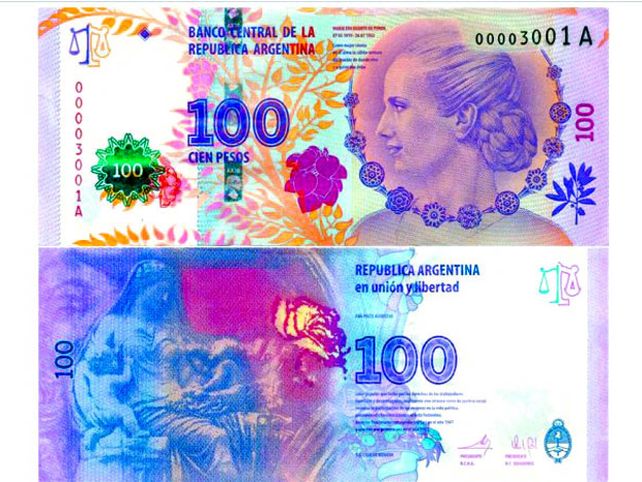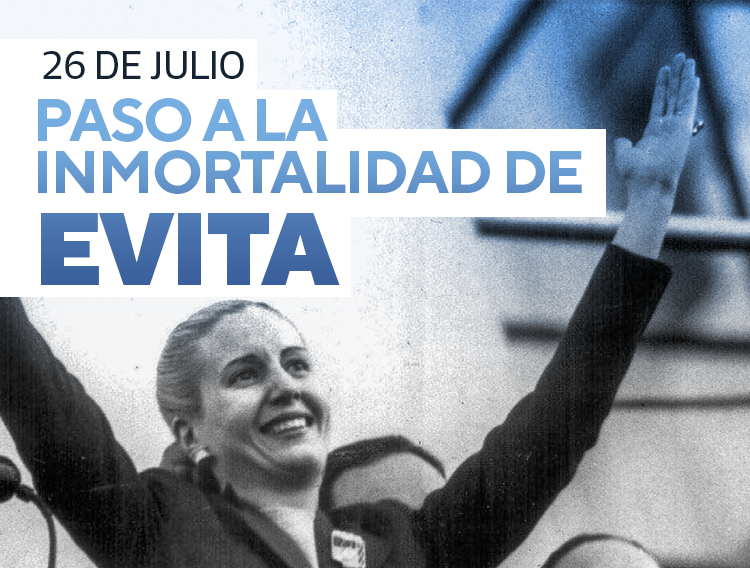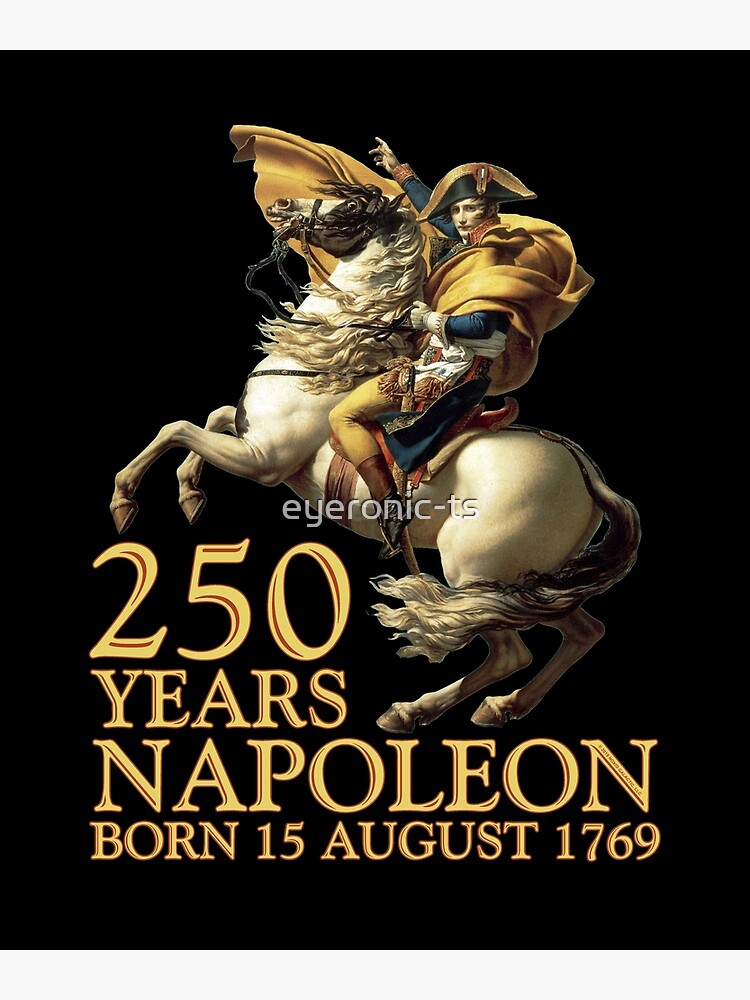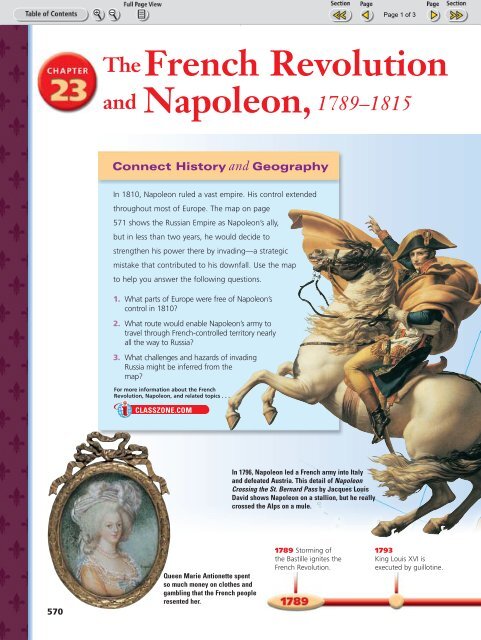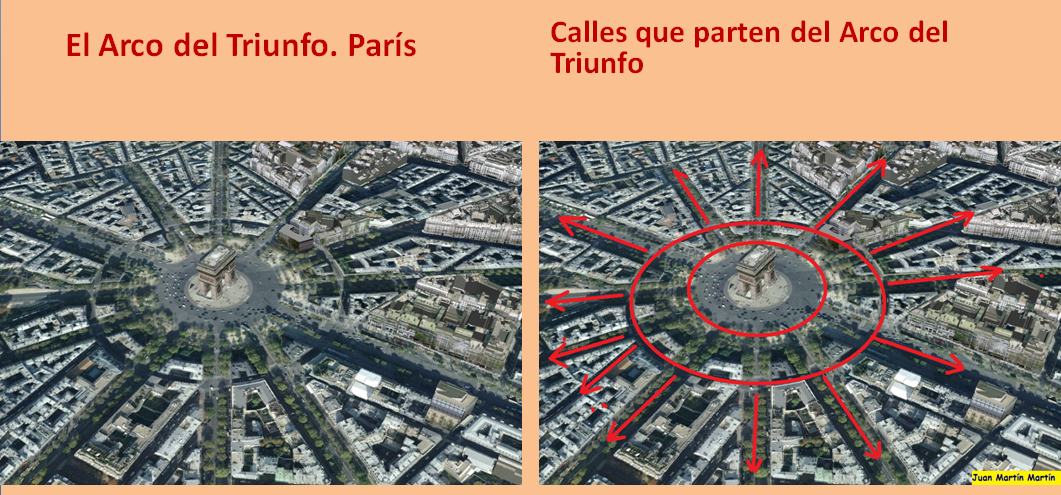|
|
CHURCH OF THE MADELEINE
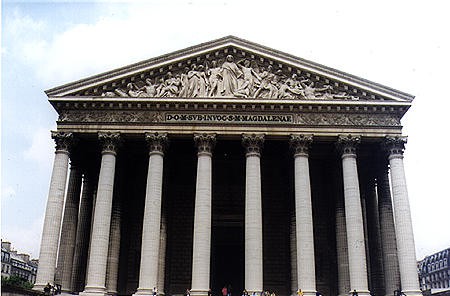
There has been a church in this area since the 13th century when the neighbourhood was known as Ville l'Evêque and its church was Sainte-Marie-Madeleine, situated at the end of the present-day boulevard Malesherbes. In the 18th century a new building was deemed necessary in view of the recent growth in the population of the area. Pierre Constant d'Ivry drew up the plans for the structure. The aim was to produce a church worthy of its site on the monumental perspective of rue Royale and place Louis XV. On Constant's death in 1777 the plans were modified by Guillaume Couture but the Revolution stopped construction work in 1791.
In 1802 the signing of the Concordat restored Catholicism to France, however the newly created parish of the Madeleine was centred not on the unfinished building but on the Church of the Assumption in rue Saint-Honoré. Furthermore, the purpose for the site begun by Couture was no longer clearly understood. Consequently, many alternative schemes were put forward, the one accepted being that by Pierre Vignon. In accordance with an imperial decree of February 1806 Vignon's project was to develop the half-built structure into a Stock Exchange, a commercial tribunal as well as the Bank of France.
However, another imperial decree signed by Napoleon at the Posen Camp on the symbolic date of 2nd December, 1806 cancelled the previous decree and advertised a competition for “the building of a temple to the glory of the French army on the site of the Madeleine”. The building programme included the addition of an inscription in the pediment which read “L'Empereur Napoléon aux soldats de la Grande Armée”, as well as on the inside the addition of marble tablets on which were inscribed the names of all the men (arranged in order of army corps and regiment) who had fought at the battles of Ulm, Austerlitz and Iéna. Those who had died on these battlefields were to have their names inscribed in solid gold tablets – there was also to be another list of all the soldiers, this time listed according to their different home departments, these on tablets of silver. To complete this memorial there were to have been bas-reliefs showing the regiments of the Grand Army, statues of the Maréchals and all their trophies, and the “flags, standards and drums” taken from the enemy.
Eighty artists entered the competition which was won by Etienne de Beaumont. But the Emperor nevertheless decided to award the project to Vignon: “I wanted a temple not a church” was his furious comment on Beaumont's design. Vignon then set about demolishing what had been built by Couture – this took until 1811. When the major work finally started it progressed only very slowly owing to shortage of funds. After the Russian Campaign, Napoleon abandoned completely the idea of a Temple of Glory and began to reconsider the idea for a church. With the fall of the Empire work stopped once again.
It was the Restoration which re-launched the project, giving the construction back to the Catholic church and consecrating it to the memory of the Royal family who climbed the scaffold to their deaths close to that spot during the Revolution. Vignon once again directed the work beginning in 1816, but on his death in 1828 this was taken over by Huvée. In 1842 the church was made once again the principal parish of the 1st arrondissement, and it was consecrated by the Archbishop of Paris in 1845.
A peripteral temple with Corinthian columns, the Madeleine is one of the best examples of Neo-classical architecture in Paris. It marks Napoleon's express wish to bring back the grandeur of antiquity in celebration “of the memory of the immortal glory of the Emperor…and that of his companions in arms”. Although nothing of the original Napoleonic programme for the sculptural decoration of the church remains, nevertheless there are many exceptional works within the church, notably the monumental bronze doors by Triqueti and the “Baptism of Christ” by Rude. Of particular interest is the fresco in the semi-cupola of the apse produced by Ziegler representing the glorious history of Christianity (1835-1837). This work, the only fresco in a Parisian church to include a figure of Napoleon, shows Christ surrounded by Mary Magdelene, the Apostles and the great figures of Christianity, namely Constantine, Clovis, Godefroy de Bouillon, Frederick Barbarossa, Joan of Arc, Dante, Raphael, Pius VII and the Emperor in his coronation robes.
https://www.napoleon.org/en/magazine/places/church-of-the-madeleine/ |
|
|
|
|
La Madeleine
Napoléon Bonaparte is never far from the cultural imagination; he is arguably the most famous French person of all time.
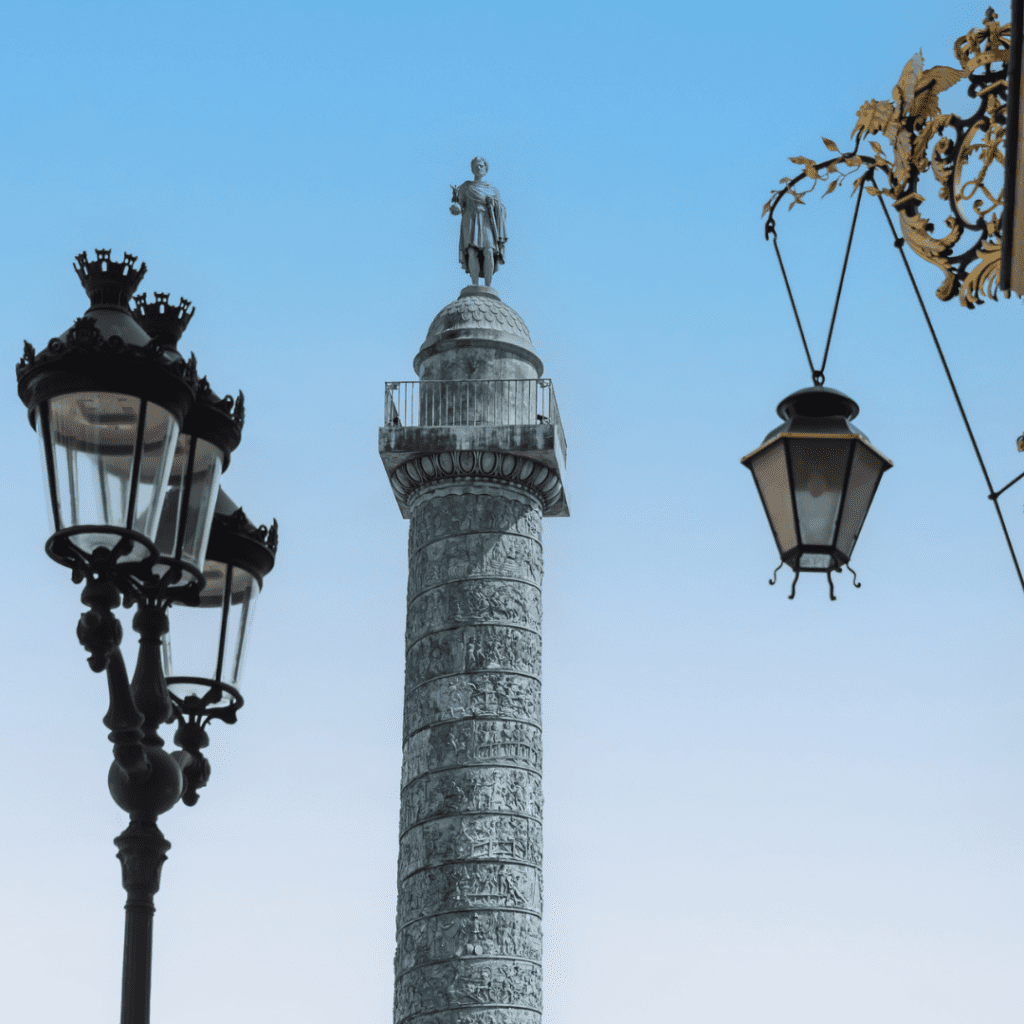 Ph: Manjik/Dreamstime Ph: Manjik/DreamstimeBut the one-time Emperor of France is back in the news in a big way, thanks to the release of Ridley Scott’s Napoleon.
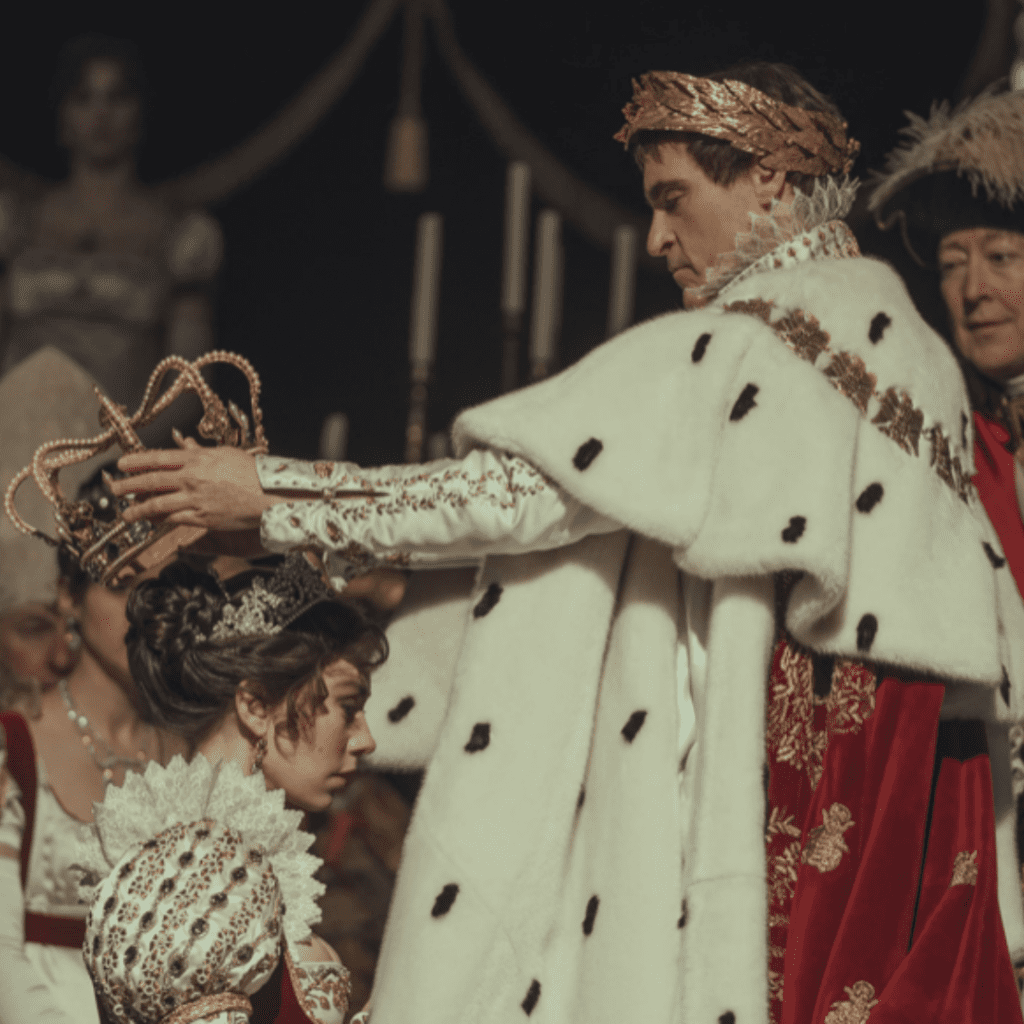 Joaquin Phoenix as Emperor Napoléon crowning Vanessa Kirby’s Joséphine, with Lincoln Cathedral, England, playing the part of Notre-Dame. Joaquin Phoenix as Emperor Napoléon crowning Vanessa Kirby’s Joséphine, with Lincoln Cathedral, England, playing the part of Notre-Dame.While the movie was mostly filmed in England, Malta, and Morocco, you can relive Napoléon’s Parisian days the next time you’re in the City of Light by visiting the monuments he built, and other sites of Napoleonic significance …
Where Napoléon Stayed & Played
Born in Corsica, Napoléon was sent to military school in Champagne at the age of eight. Seven years later, in 1784, he was awarded a scholarship to attend the prestigious École Militaire in Paris (below). The academy, which still operates today, is located at the southern end of the Champ de Mars (the field where young cadets once drilled), behind the Eiffel Tower.
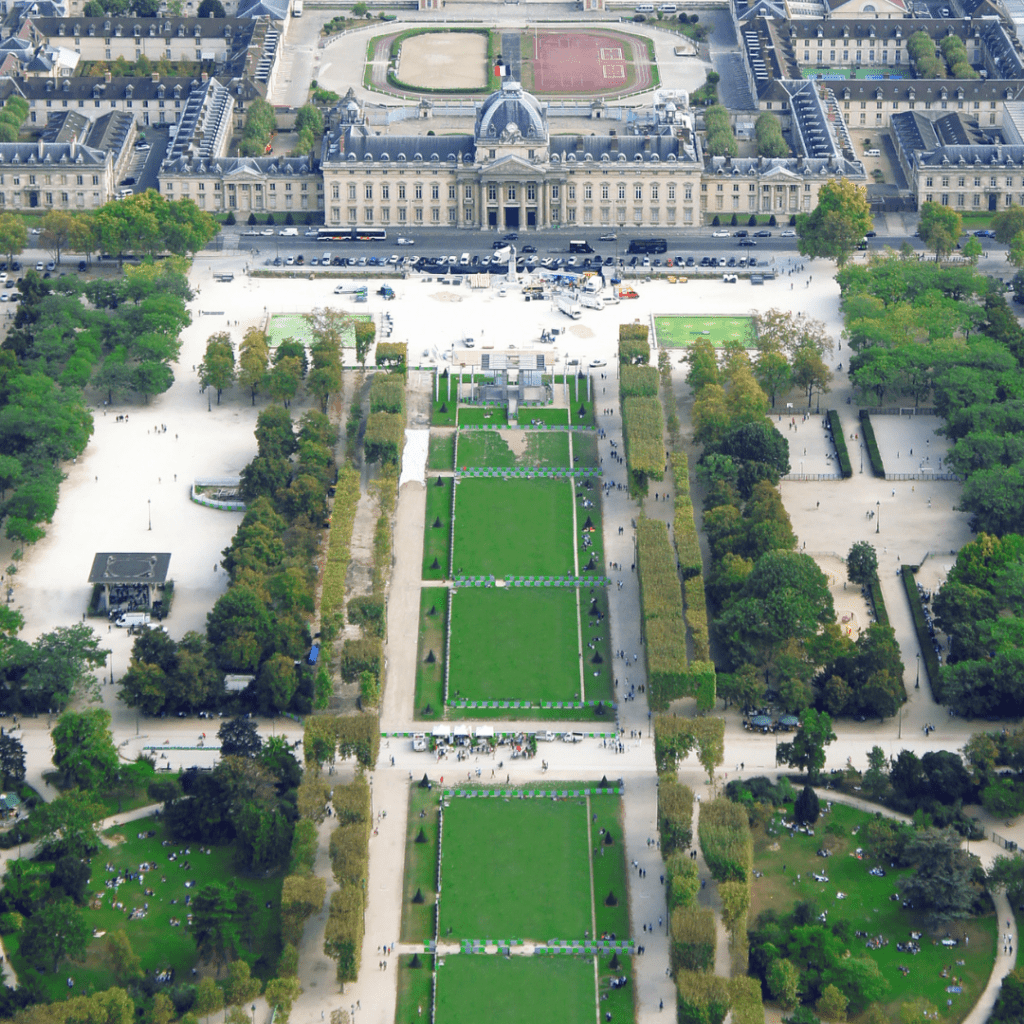 The École Militaire, as seen from the Eiffel Tower. The École Militaire, as seen from the Eiffel Tower.Napoléon’s transfer to Paris involved a two-day journey by boat. He disembarked the Seine at a wharf in the Marais and, as he made his way eastwards to his new school, bought a copy of the novel Gil Blas from a quayside bookseller.
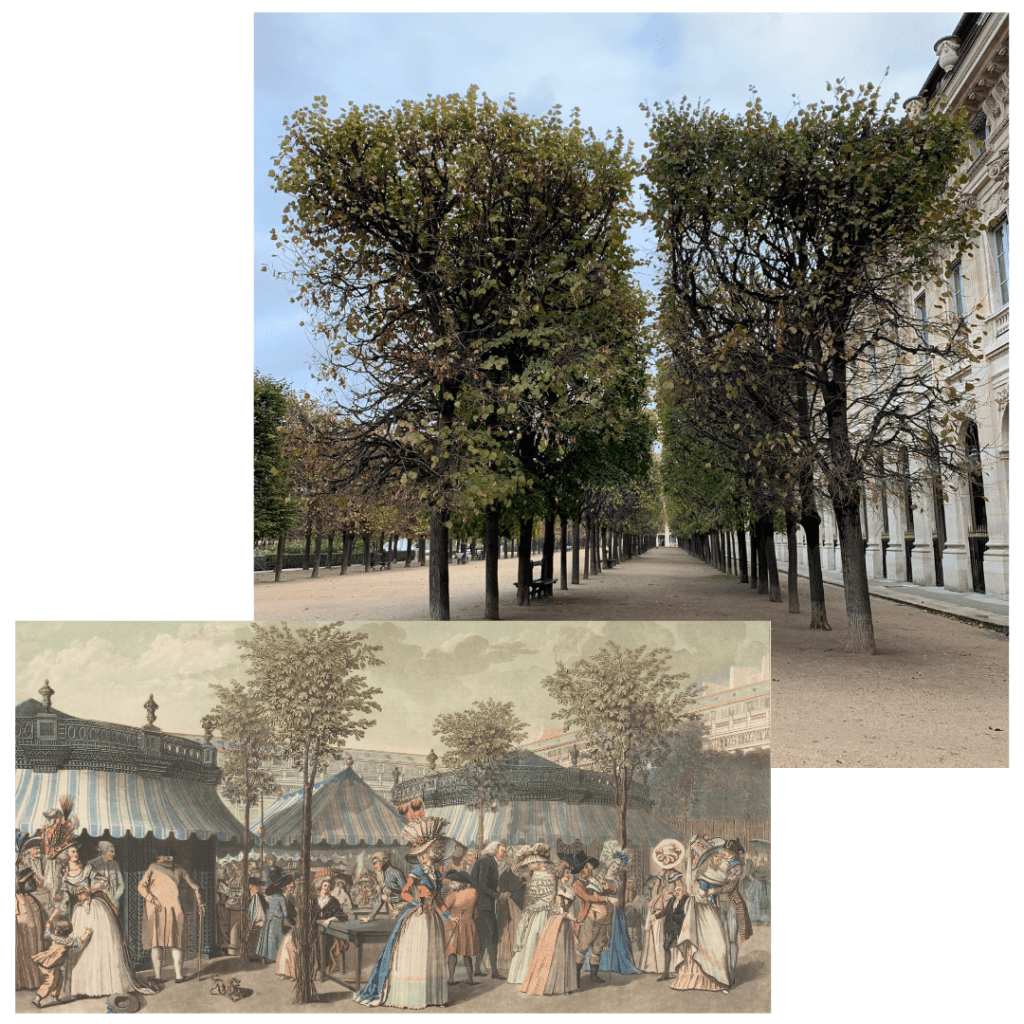 In 1787, after having graduated, a young lieutenant Napoléon found himself back in Paris on leave, and gravitated to the gardens of the Palais-Royal, a notorious party central at the time (above). A cash-strapped Duc d’Orléans Louis-Philippe II had redeveloped his palatial backyard into a pleasure ground in 1784. He had the three wings that frame the northern end of the estate built, renting out the ground spaces as shops and restaurants, while filling the upper floors with dance rooms, gaming dens, billiard halls and brothels. In the middle of the garden enclave there was a circus where acrobatic riders thrilled the crowds, and all sorts of puppet shows and dance performances entertained in the groves of fancifully cut trees. Thousands of Parisians strolled, drank, conversed and flirted in these botanical arcades. The Palais-Royal was a fairground, bazaar and dance party, all in one. It was open day and night, and open to all Parisians — except for police. So you can imagine the air of abandon. Much was lost here. Money — although you could always see the various mortgage agents that had set up shop, or pawnbrokers, to sell your precious gold watch if need be. Virginity, too — a future Emperor Napoléon picked up his first female conquest in this very garden. And lives — Louis Philippe II’s heady vision, inaugurated in 1784, struck him gold, but also eventually cost the duke his head, as he had unwittingly laid the fertile ground for the French Revolution. It was here where courtesans passed as countesses, a precursor of a democratic future France; and where, far from the watchful eyes of the authorities, political discussions could gather momentum, morphing into full-blown movements. The sans-culotte Camille Desmoulins gave a particularly impassioned anti-Royalty speech from atop a table of a café terrace; two days later the Bastille was stormed, and the rest is l’histoire …
Napoléon was often in Paris during the revolutionary years, where the now-Republican networked, wheeled-and-dealed, and generally tried not to lose his head. He was by the old Palais des Tuileries on the day it was stormed by a mob that slaughtered the King’s Swiss guard. Napoléon was savvy in both his political and survival instincts, and ambitious to boot, but surely he can’t have had an inkling that day that this palace (which would be later destroyed by the Paris Commune of 1871) would one day be his imperial home. He did aspire extremely high, however, moving in all the right circles, including A-list parties and salons, where he soon met his fate, in the seductive form of the future Empress Joséphine.
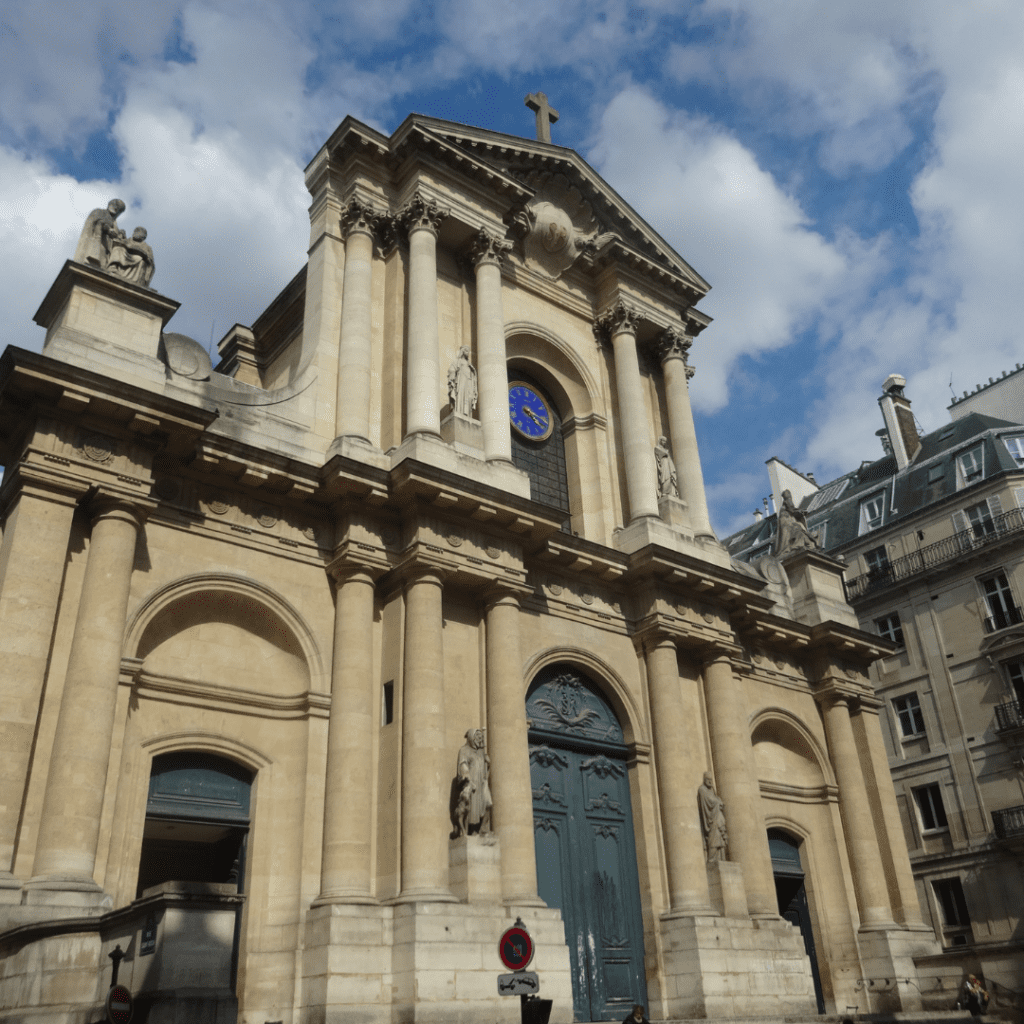 Napoléon’s professional fate was secured on 5th October 1795, when he was asked to deal with thousands of Royalist soldiers who were making their way down Rue Saint-Honoré, en route to the National Convention, where they hoped to retake power. In front of the Saint-Roch Church (above), Napoléon commanded, inspired, and led his troops so successfully (the cannon-ball damage bears witness to this day) that the young Corsican became an overnight hero. He received an instant promotion and a plush new office on Place Vendôme for his efforts.
In March 1796, after Joséphine finally agreed to a lovesick Napoléon’s marriage proposal, the couple wed in a civil ceremony at 3 Rue d’Antin. (The building is no longer occupied by the 2nd arrondissement mairie but a plaque marks the momentous event). When not away on duty, Napoléon lived with Joséphine on Rue Chantereine (which was soon renamed Rue de la Victoire).
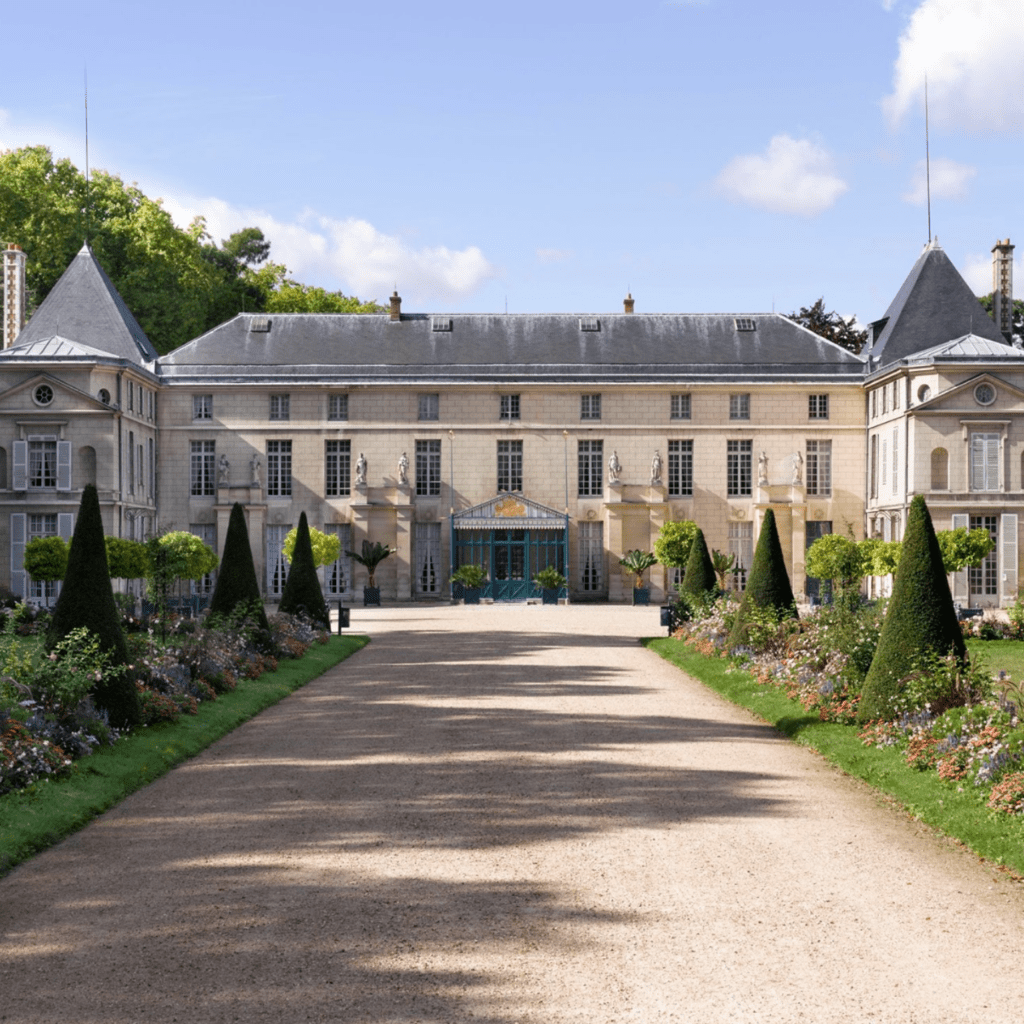 Ph: Courtesy of Chteau de Malmaison. Ph: Courtesy of Chteau de Malmaison.Sadly, her elegant manor house no longer exists, but the lovely country estate just west of Paris that she bought for herself while Napoléon was in Egypt — Chteau de Malmaison — remains in all its neo-Classical glory and is a must-visit for lovers of history, gardens, and architecture.
Napoléon’s Architectural Legacy
A coup d’état of late 1799 — generally considered to mark the end of the French Revolution — saw the overthrow of the Directory leadership of France, and the elevation of Napoléon to the autocratic position of First Consul. The future Emperor (he would crown himself in 1804, in Notre-Dame Cathedral) was now in a position to make his physical mark on his capital.
The neo-Classical trend in architecture had been in favour for a while, but Napoléon, with his passion for arches, columns, and temples, took it to whole new heights, for it represented the fabled grandeur he yearned to project. He wanted Paris to be the new Rome, as befitting a leader who saw himself as a future legend of history. But the aesthetically driven ruler was also engineering-minded, and as such he wanted his city to be cleaner, safer, and more practical. To admire the various changes Napoléon made to Paris, visit the following …
Waterways & Bridges
Napoléon’s utilitarian plan included the construction of new bridges. First up was the Pont des Arts (above), built between 1801 and 1804. The visionary leader demanded it be constructed mostly in iron, which was scarce and expensive at the time, and not considered as chic as limestone, Paris’s classic building block. His vision was perfect; the result was a bridge both modern and elegant, one that has stood the aesthetic test of time. The Pont d’Austerlitz and Pont d’Iéna bridges followed.
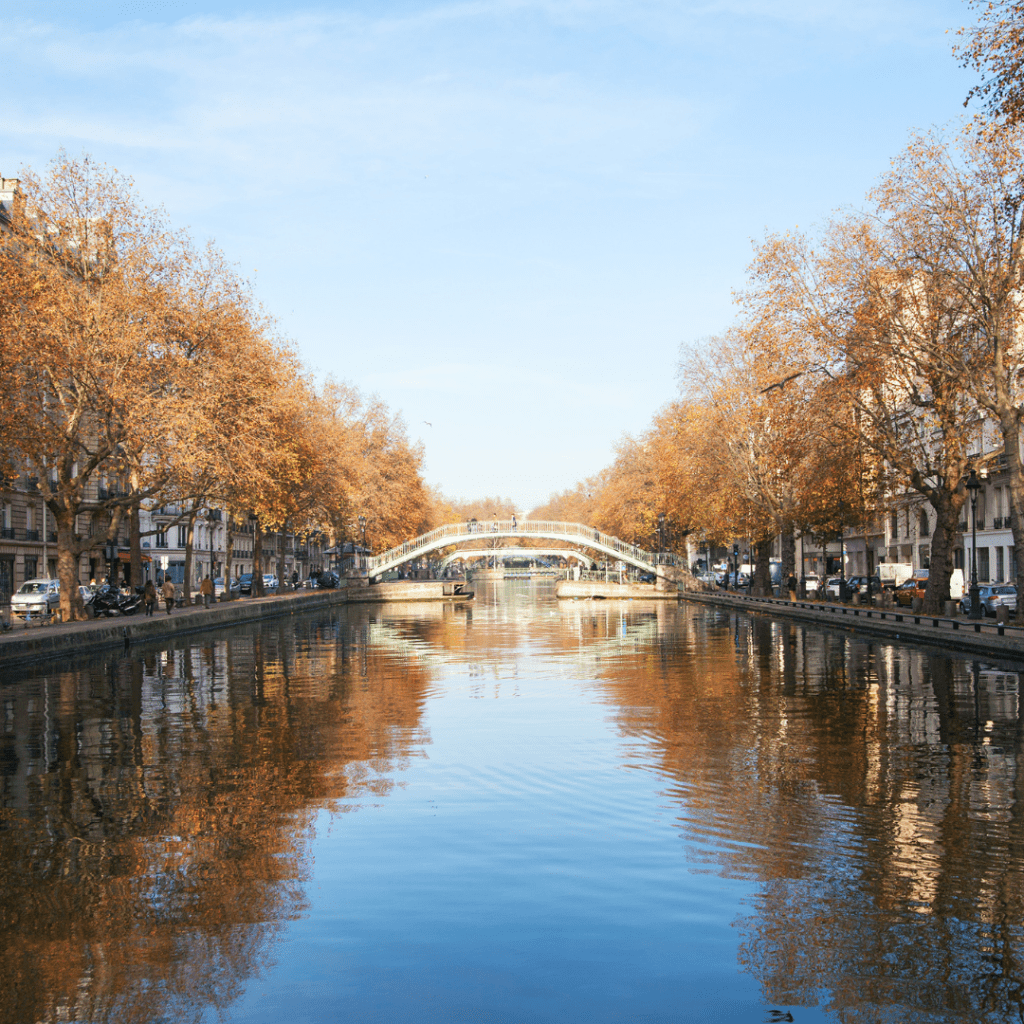 Ph: Janis Smits/Dreamstime Ph: Janis Smits/DreamstimeAs First Consul, Napoléon also ordered the construction of the Canal Saint-Martin (above), Bassin de la Villette (Paris’s largest artificial lake), and Canal de l’Ourcq. Intended to boost the city’s supply of drinking water, this was funded, appropriately enough, by a new tax on wine.
He also cleaned up the banks of the Seine, which were more like strips of beach than true working quays required for the trading needs of a major river city. Up on street level, Napoléon had all roads renumbered, starting from the Seine, with even numbers on the right, odd on the left.
And, to bring drinking water to more Parisians, he decorated those streets with various (often grandiose) fountains, including the Fontaine de la Victoire on Place du Chtelet and the Fontaine du Mars, situated by the now-iconic restaurant of the same name (above).
Rue de Rivoli
As the above examples show, Napoléon’s utilitarian plan could overlap into his ornamental plan for the city. This was also the case with his vision for Rue de Rivoli, for which he turned to his favourite architects, Charles Percier and Pierre-François Fontaine (who had so stunningly redecorated Malmaison in the antique style).
Rue de Rivoli was, originally, a project born of necessity. For one, Napoléon wanted to ease the congested traffic on the nearby Rue Saint-Honoré. But an assassination attempt on him in Rue Saint-Niçaise — one of the narrow medieval streets that once criss-crossed this area, cluttering the approach to the Louvre — also gave Napoléon the impetus for change.
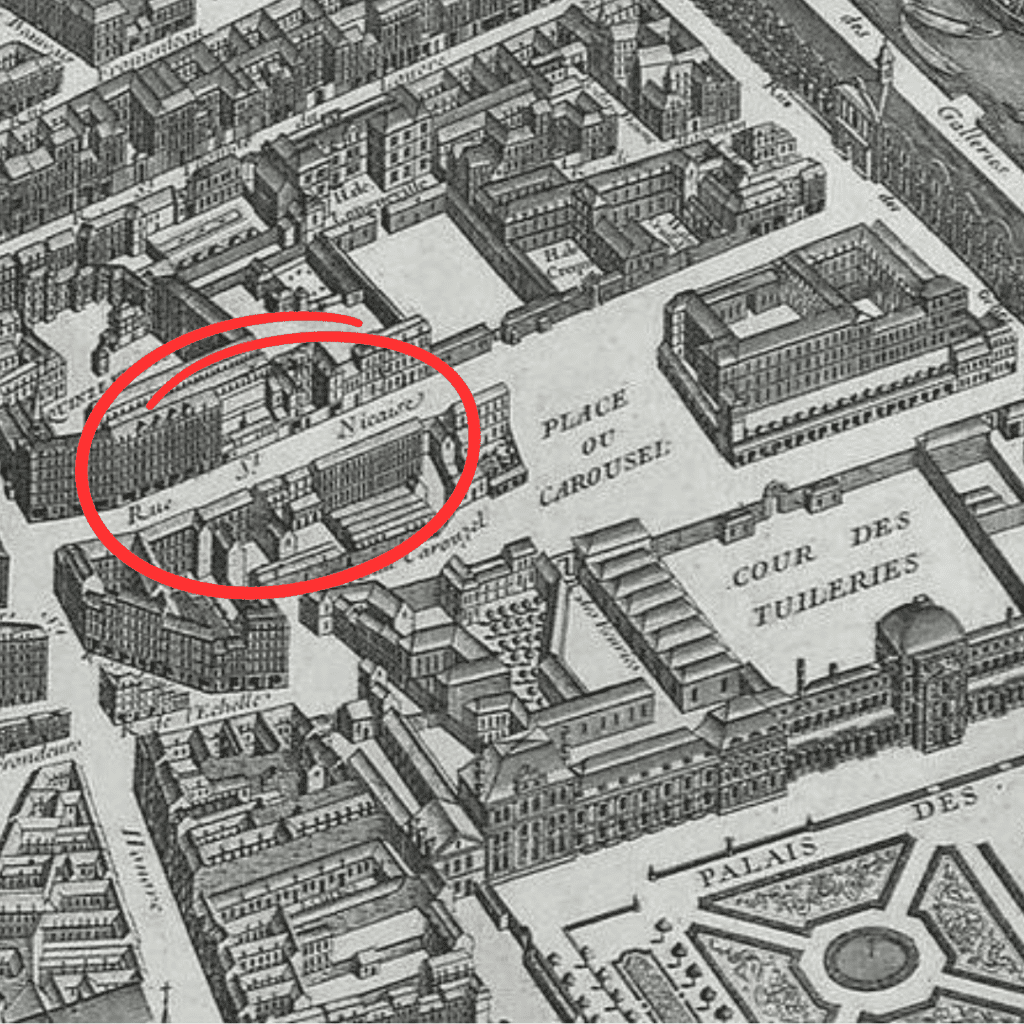 Rue Saint-Niçaise, as seen on the 1730s Turgot Map of Paris. Rue Saint-Niçaise, as seen on the 1730s Turgot Map of Paris.For a little more back-story … on 24th December 1800, Napoléon was in the Palais des Tuileries, waiting for Joséphine and her daughter Hortense who were primping in preparation for a night out at the opera. Napoléon finally gave in to the whims of feminine grooming, and headed out in the first carriage, leaving Joséphine to continue fussing about the best way to wrap on her cashmere shawl. The sartorial delay most likely saved her and Hortense’s lives, for a Royalist-planted gunpowder-filled wagon exploded on Rue Saint-Niçaise just before the second carriage reached its vicinity. Twenty Parisians died in the attack, which also caused major structural damage of nearby buildings. This gave Napoléon both the motivation and excuse for a rebuild; he wanted to clean up the city’s streets, making them safer, wider, and more modern.
While Napoléon’s nephew Emperor Napoléon III, would end up seeing out this city-wide vision (when he hired Baron Haussmann to make over Paris in the mid-century), Napoléon made a great start with Rue de Rivoli (named for one of his Italian victories), which originally stretched from Place de la Concorde to the Place du Palais-Royal. The extensive scope gave Percier and Fontaine a large canvas on which to apply Classical design principles.
 Ph: Engin Korkmaz/Dreamstime. Ph: Engin Korkmaz/Dreamstime.They placed three levels above an arcaded ground floor (the arcades perhaps being inspired by Bologna, which Napoléon had visited in 1796), and minimal decoration beyond shutters and two lines of balconies. (Percier and Fontaine also placed gates opposite the first section of Rue de Rivoli, to line the northern border of the Jardin des Tuileries; they’re still there today.) The seemingly endless perspective projected that Napoléon-adored grandeur, but at the same time, with the continuous arches and curved attic roof (which was added later), the overall effect is charming rather than severe. Rue de Castiglione and Place des Pyramides were also part of the redevelopment, which would go on to influence Haussmann years later.
Colonne Vendôme
Turn from Rue Rivoli into the aforementioned Rue de Castiglione, and you can’t miss the towering verdigris Colonne Vendôme up ahead. The Trajan’s Column-inspired monument was erected in 1806, to replace Place Vendôme’s equestrian statue of Louis XIV, which had been destroyed during the Revolution, and to commemorate the Battle of Austerlitz. Surmounted by a statue of the Emperor, its spiraling bas-relief plates — melted down from 1200 bronze cannons taken from the Russian and Austrian armies — depict Napoléon’s military campaigns.
Arc de Triomphe du Carrousel
The year 1806 — after France’s success at Austerliz — saw Napoléon at the height of his power. He also commissioned this triumphal arch, originally intended as a gate of honour to the Tuileries Palace, as well as a commemoration of his Grande Armée. Fontaine and Percier took inspiration once more from Rome, specifically from the Arch of Constantine. Atop the lovely arch, with its pink-marble Corinthian columns, they placed the horses of St Mark’s in Venice, which Napoléon had taken as a souvenir of his conquest of that city. The current horses are replicas, after the originals were returned in 1815 (along with much other stolen artwork).
Arc de Triomphe
In the same year, Napoléon commissioned this much larger arch, also in commemoration of his army, on the site of the old city gates. At the time, the Avenue des Champs-Élysées was little more than a country road on the outskirts of Paris. Since the destruction of the Palais des Tuileries, the Arc de Triomphe can be viewed from its little sister arch — they’re two bookends of a world-famous vista. The larger arch’s distance from the palace dictated its majestic size, for it needed to be admired from afar. Sadly, Napoléon didn’t get to see this particular dream materialise; the monument required several decades to reach completion. His ghost, however, would surely be happy that it is now a symbol of French pride and a focus of many civic celebrations, with the Flame of Remembrance burning brightly by the tomb of the Unknown Soldier.
Église de la Madeleine
Napoléon, in 1806, also announced that the part-built church on this site would be redesigned and repurposed as a temple to the glory of the French army. Cue a rectangular Greco-Roman-style temple with a peristyle of Corinthian columns, styled à la Rome’s Pantheon. View it from the start of Rue Royale, then turn around to locate its twin monument on the other side of the river from Place de la Concorde; Napoléon had this Roman portico façade added to an old palace, Palais Bourbon, to reflect and amplify the overall effect of Classical grandeur on Place de la Concorde. That latter building is now the National Assembly, while the Madeleine has been a church since it was, finally, completed in 1842.
Musée du Louvre
The Louvre — the royal court until Louis XIV moved out to Versailles — found new life as a museum in 1793, which is rather astonishing because this was during some of most the tumultuous days of the Revolution. But it makes sense in the context of liberté and égalité, for it was, among other things, a way to share with everyday French citizens something that had, until now, been exclusive to high society.
 Napoléon inspecting the works of Percier and Fontaine, painted by Auguste Couder. Napoléon inspecting the works of Percier and Fontaine, painted by Auguste Couder.Napoléon continued this mission of the Louvre as a place of art and beauty for all — also, he needed somewhere to store all of the art he had stolen on his various campaigns! (Like the horses atop the Arc de Triomphe du Carrousel, most would eventually be returned to rightful owners; Veronese’s glorious Wedding Feast at Cana is one that remained at the Louvre.) Napoléon also decreed that it was high time to restore a neglected Louvre, and complete it with a northern wing — which was now an easier job, thanks to the various demolitions that followed the Rue Saint-Niçaise bombing attempt.
 Ph: Konstik/Dreamstime Ph: Konstik/DreamstimeSo Percier and Fontaine got to work on beautifying the Louvre in numerous ways, including completing the lovely Cour Carrée. (Much of their interior design no longer exists, but walk through the Salles Percier and Fontaine to admire their gorgeous Empire style.) They were in the midst of constructing the Louvre’s northern wing, which now houses the Musée des Arts Décoratifs (above), when Napoléon was defeated at Waterloo, necessitating a putting-down of tools. The Louvre would finally be completed during the reign of Napoléon’s nephew … although poignantly, the Tuileries Palace, which by now served as the western wing of the complex, burnt down the year after Napoléon III’s abdication.
Also Not-to-Miss for Napoléon Fans …
Debauve & Gallais (30 Rue des Saints-Pères, 75007) is the most historically significant chocolaterie in town, with a classified interior that dates back to its 1817 opening and was designed, no less, by Napoléon’s beloved Percier and Fontaine.
Le Procope (13 Rue de l’Ancienne Comédie, 75006), now a restaurant that serves classic Gallic fare in a glittering olde-worlde setting, was originally — from 1686 — one of Paris’s first cafés, and served coffee along with an inspiring ambience to its philosophically-minded clientele. As the Revolution brewed, the crowds became more politically activist; the now-national motto ‘Liberté, Égalité, Fraternité,’ is said to have been coined here. Napoléon, as an up-and-coming mover and shaker, was by this time a customer, albeit a poor one … One of his famous bicorne hats is on display in a glass cabinet (above), said to have been left here one day by the man himself, in lieu of paying his bill with money.
Le Grand Véfour (17 Rue de Beaujolais, 75001). When Napoléon finally did have money, this jewel box of a restaurant was a favoured dining spot of the imperial couple.
 Ph: Mkojot/Dreamstime Ph: Mkojot/DreamstimeWhile Napoléon’s downfall was brutal, his exile punishing, and his death lonely, his remains made a triumphant return to Paris in 1840. Watched by thousands of Parisians (who had fallen back in love with their former Emperor once more), the horse-drawn hearse made its way from the Arc de Triomphe (which had finally been completed in 1836) down to Place de la Concorde, and then over to Les Invalides, where his tomb still rests under the gilded dome; to visit, buy a ticket to the Musée de l’Armée.
https://parisfordreamers.com/tag/la-madeleine/ |
|
|
|
|
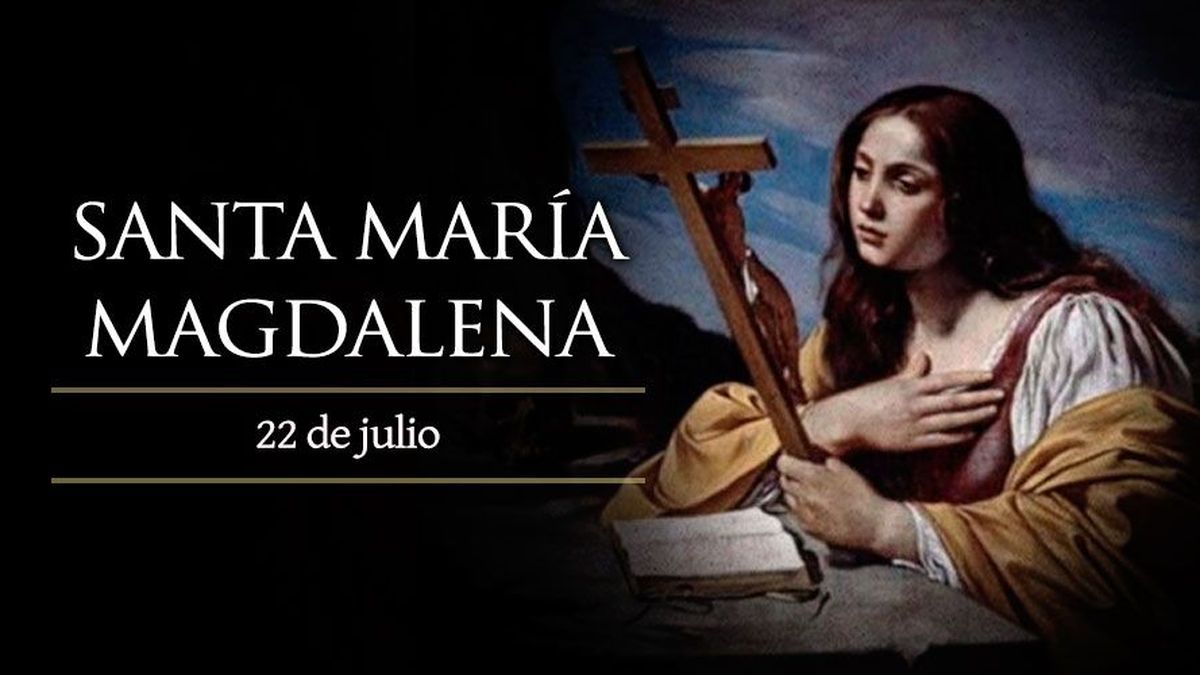  
VIDEO | 22 de Julio de 1947: Evita es recibida por Vicent Auriol, el presidente de Francia

Tuvo una agenda bastante apretada, con importantes reuniones para firmar acuerdos internacionales.
La “Gira del Arco Iris” de Evita por Europa y Sudamérica se realizó con el objetivo de fortalecer relaciones en el exterior, en un contexto de post Segunda Guerra Mundial. La primera dama fue enviada por Juan Domingo Perón para representar al gobierno peronista y al país. En primer lugar, llegó a España, donde se entrevistó con el general Francisco Franco y miles de españoles se rindieron a sus pies. Después se instaló en Italia, Portugal, Francia, Suiza, Mónaco, el Vaticano, Brasil y Uruguay.
El 22 de julio de 1947, la “abanderada de los humildes” llegó a Paris. Fue recibida por Georges Bidault, ministro de Exteriores francés. Además, la esperaba un grupo de mujeres y de niños que se mezclaban con las banderas de Argentina y de Francia. Las autoridades de la capital del país galo pusieron a disposición de Eva el automóvil del general Charles De Gaulle, un honor que hasta el momento sólo se había reservado para el primer ministro británico Winston Churchill. Con ese rodado, la oriunda de Los Toldos conoció la catedral de Notre Dame.
Evita ingresó a Notre Dame y se entrevistó con el monseñor Roncalli, quien en 1958 se convertiría en Papa y recibiría la denominación de Juan XXIII. Fuentes cercanas a la primera dama, sostienen que durante la entrevista que tuvieron, la joven argentina de 27 años le explicó la idea de realizar una fundación de ayuda social (la cual crearía al regresar al país) y recibió como respuesta: “Le recomiendo dos cosas: que prescinda por completo de todo papelerío burocrático, y que se consagre sin límites a su tarea”. Ambas las cumplió con excelencia.
Durante el tiempo en Francia, Evita estuvo hospedada en el Hotel Ritz. Tuvo una agenda bastante cargada de reuniones para firmar acuerdos internacionales. Uno de ellos fue con el presidente Vincent Auriol, con quien firmó un tratado que incluía el intercambio en particular de cuero, carne, cereales, aceites, y quebracho a cambio de acero, automóviles, diversos productos mecánicos, y en particular máquinas textiles, productos químicos.
“En su entrevista con el ministro de Relaciones Exteriores, Georges Bidault, uno de los principales dirigentes de la resistencia interior a la ocupación alemana, Evita le planteó que era muy desagradable que Francia, país amigo de la Argentina, tuviera una calle en París y una estación del Métropolitain que se llamara Obligado, por la batalla de la Vuelta de Obligado. Le recordó que la Escuadra naval anglofrancesa había logrado ganar la batalla, pero había pedido la guerra. Y le pidió que le cambiaran el nombre.
Dos días después, cuando se firmaban los acuerdos comerciales por los cuales la Argentina otorgaba a Francia un crédito para compras de cereales de 200 millones de dólares, el presidente Vincent Auriol le comunicó que en aras de la renovada amistad franco argentina serían cambiados los nombres de la estación del Métropolitain y de la calle”. De esta manera, la calle Vuelta de Obligado pasó a denominarse “d’Argentine”. Evita, una luz en la historia argentina que dejó su rastro en París.
https://www.agencianova.com/nota.asp?n=2022_7_24&id=112712&id_tiponota=81
Julio Victorica Roca
 Placa en la Rue d'Argentine de París con homenaje del embajador Victorica Roca (1948).
Julio Victorica Roca (Buenos Aires, 1893-ibídem, 27 de noviembre de 1955)1 fue un hacendado y político argentino. Fue diputado nacional por la provincia de Buenos Aires (1942-1943) y embajador argentino en Francia (1947-1949).
Nació en Buenos Aires en 1893,1 hijo de Benjamín Victorica Urquiza, siendo nieto de Benjamín Victorica.23 Por el lado materno, era sobrino nieto de Julio Argentino Roca.4
Hacendado, era dueño de un haras de caballos en Balcarce, ciudad donde presidió el comité local de la Unión Cívica Radical (UCR) y donde fue comisionado municipal.15
En las elecciones legislativas de 1942, fue elegido diputado nacional por la provincia de Buenos Aires en la lista de la UCR. No completó su mandato, que se extendía hasta 1946, por el golpe de Estado del 4 de junio de 1943.6
Durante el gobierno de Juan Domingo Perón, fue designado embajador especial para asistir al acto de asunción del presidente chileno Gabriel González Videla en 1946, y al año siguiente fue nombrado embajador en Francia, cargo que ejerció hasta 1949.1 En su período en París, acompañó la visita oficial de Eva Perón en 1947, y firmó con el ministro de Asuntos Exteriores Georges Bidault un convenio comercial y financiero.78
Posteriormente fue director del Banco Argentino de Comercio.1
Falleció en Buenos Aires en noviembre de 1955.1
21 DE JULIO DE 1947 / EVITA LLEGA A FRANCIA
https://todoperon.org/21-de-julio-de-1947-evita-llega-a-francia/
|
|
|
|
|
Napoleon’s Forgotten First Battle: La Maddalena, 1793
Napoleon got his first taste of battle in February 1793 at the siege of La Maddalena. By the year’s end, Napoleon was a general and a hero.
Jun 6, 2024 • By Dale Pappas, PhD Modern European History, MA History, BA History, Italian Studies

Napoleon’s name is synonymous with French history. But before Napoleon rose to power in France, he dreamed of becoming influential in his native Corsica. In fact, Napoleon made many decisions in his early life, believing that it could help further his career in Corsica rather than France. However, Napoleon’s participation in the failed attempt to seize La Maddalena in February 1793 contributed to a shift in his thinking about Corsica. By the end of 1793, this Corsican patriot had emerged as a rising star of the French Republic.
Napoleon’s Homeland: Corsica
 Decorative Map of Corsica by Victor Levasseur, 1861. Source: Wikipedia Commons Decorative Map of Corsica by Victor Levasseur, 1861. Source: Wikipedia Commons
In his book The Social Contract (1762), Genevan philosopher Jean-Jacques Rousseau wrote of Corsica, “I have a presentiment that one day this small island will astonish Europe.” Indeed, the rebellion launched by the islanders against Genoese rule in the 1760s captured Europe’s attention. Even people in distant Boston and Philadelphia admired Corsica’s rebellious spirit. They tried to emulate it in opposing British policies on the eve of the American Revolution.
Corsican rebels continued their fight against the French, who purchased the north Mediterranean island of Corsica from Genoa in 1768. France formally annexed Corsica the following year and appointed Charles Louis de Marbeuf as the island’s governor.
But Rousseau’s statement equally applies to the life of Napoleon Bonaparte, born in Ajaccio, Corsica, on August 15, 1769. He was the second son of Carlo and Letizia Buonaparte. Despite aristocratic lineage, Napoleon’s parents were Corsican revolutionaries determined to upend Genoese rule. At first, they also backed resistance to the French, but soon realized loyalty presented opportunities for the family.
Get the latest articles delivered to your inbox
Sign up to our Free Weekly Newsletter
Napoleon’s Youth
 Napoleon Studying at Auxonne, 1788, by François Flameng. Source: Wikipedia Commons Napoleon Studying at Auxonne, 1788, by François Flameng. Source: Wikipedia Commons
Thanks to his family’s close ties to Marbeuf, Napoleon received admission to one of France’s military academies. Napoleon started school in France at age nine, first in Autun and then in Brienne. The young Napoleon impressed his instructors as he advanced through different academies.
Although initially recommended for naval service because of his knack for mathematics, Napoleon was soon placed on track for a career in the prestigious artillery branch of the French army. In 1785, he received his first commission in the French army as a lieutenant.
However, Napoleon longed to return to Corsica and found adjusting to life in France difficult. Indeed, at this point, Napoleon still signed his name “Napoleone di Buonaparte” rather than the Napoleon Bonaparte. Despite his promising academic record and French military commission, Napoleon spent most of the years 1786-1788 on leave from his regiment. Most of that time was spent in Corsica.
Napoleon grew interested in and supported republican ideals as the French Revolution unfolded. But at this stage, Napoleon saw the French Revolution as an opportunity for Corsica’s independence. In other words, Napoleon still saw his future in Corsica rather than Paris.
https://www.thecollector.com/napoleon-first-battle-la-maddalena/ |
|
|
|
|
Batalla de las Pirámides
La batalla de las Pirámides tuvo lugar el 21 de julio de 1798 entre el ejército francés en Egipto bajo las órdenes de Napoleón Bonaparte y las fuerzas locales mamelucas.
En julio de 1798, Napoleón iba dirección El Cairo, después de invadir y capturar Alejandría. En el camino se encontró a dos fuerzas de mamelucos a 15 kilómetros de las pirámides, y a solo 6 de El Cairo. Los mamelucos estaban comandados por Murad Bey e Ibrahim Bey y tenían una poderosa caballería. Los mamelucos, a pesar de ser superiores en número, estaban equipados con una tecnología primitiva, tan solo tenían espadas, arcos y flechas; además, sus fuerzas quedaron divididas por el Nilo, con Murad atrincherado en Embabeh e Ibrahim a campo abierto.
Napoleón se dio cuenta de que la única tropa egipcia de cierto valor era la caballería. Él tenía poca caballería a su cargo y era superado en número por el doble o el triple. Se vio pues forzado a ir a la defensiva, y formó su ejército en cuadrados huecos con artillería, caballería y equipajes en el centro de cada uno, dispersando con fuego de artillería de apoyo el ataque de la caballería mameluca, que intentaba aprovechar los espacios entre los cuadros franceses. Entonces atacó el campamento egipcio de Embebeh, provocando la huida del ejército egipcio.
Tras la batalla, Francia obtuvo El Cairo y el bajo Egipto. Después de oír las noticias de la derrota de su legendaria caballería, el ejército mameluco de El Cairo se dispersó a Siria para reorganizarse. La batalla también puso fin a 700 años de mandato mameluco en Egipto. A pesar de este gran comienzo, la victoria del almirante Horatio Nelson diez días después en la batalla del Nilo acabó con las esperanzas de Bonaparte de conquistar Oriente Medio.
Representaciones culturales
[editar]
La batalla fue representada por François-André Vincent en un boceto, y por varios otros artistas.
|
|
|
|
|
Oak Island – the Templar and Viking connection!

Since the mid-nineteenth century, Oak Island has been claimed as the site for a vast, secretly hidden store of Templar treasure. Possibly the location of priceless items they discovered under the Temple of Solomon in Jerusalem.
Vast amounts of money have been spent excavating below ground to find millions of dollars worth of medieval booty. Companies have been set up with the sole task of getting to the treasure left behind by these enigmatic warrior knights. So – is the wealth of the Templars actually there?
Of course the answer is – we don’t know. But let’s try and figure out how the story has come about and why it still exercises such a tremendous hold on the popular imagination.
The Viking link to Oak Island
I think a good starting point are the claims made in the 20th century that the Vikings had got to the New World long before Christopher Columbus. Why is this important? Because if the Vikings could have got there – then why not the Templars?
This theory has been supported by the so-called Vinland map (dating from the 15th century), that seems to show our Viking ancestors touched down in north America. Trouble is, the map is just a little too good to be true and even though scholars from the British Museum and Yale backed it up in the 1960s, the evidence (for example dating of the ink) suggests it could be a forgery.

If it was true, the Vinland map would establish the feasibility of Europeans sailing across the Atlantic to the American coastline. It’s not beyond the realms of possibility because the Vikings did get to Iceland and Greenland. Some Templar conspiracy theorists suggest the knights or those who helped them had access to Viking navigation charts.
TEMPLAR EXCLUSIVE: Do you want to find your Templar ancestors?
The Templars and Oak Island
Moving away from the Vikings now, let’s shift our focus to the Knights Templar. In 1307, their number was up. Philip, king of France, had ordered the arrest of all the knights and they were interrogated under torture in various dungeons. But if the king had hoped to find lots of loot at the Paris Temple, their headquarters, he was to be severely disappointed. Only empty shelves greeted his soldiers.
We then get the story of Templar treasure being spirited away from Paris in wagons bound for the port of La Rochelle and from there on to Scotland (and/or maybe Portugal, see my other blog posts on that option). And then – the wealth of the Templars simply evaporates into thin air!
In his book Lost Treasure of the Knights Templar: Solving the Oak Island Mystery, Steven Sora claims that the Templars’ treasure – gold, silver, jewels and sacred relics of immense power – were firstly hidden away in the crypt at Rosslyn chapel by the Sinclair family. The Sinclairs are central to the whole Templar getaway-via-Scotland theory.
The Sinclair connection
Quick detour on the Sinclair family then. They are an ancient Scottish family that includes Henry, the first earl, who fought alongside the first Grand Master of the Templars, Hugh de Payens (or Payns) in the Holy Land in the early 12th century. So, we have an early association between this family and the order of knights.
Fast forward to the early 14th century and Sir William Sinclair (sometimes spelt St Clair or Saint-Clair) is sometimes held up to have been the last Templar Grand Master before his death in 1330. Trouble is, he also appears to have given evidence at their trials AGAINST the Templars – somewhat scuppering that theory unless he was involved in some kind of complex double bluff!
Then we have another Henry Sinclair who in the late 14th century allegedly explores the coast of north America with an Italian navigator called Antonio Zeno. This establishes the idea that the Sinclair family know all about the New World so are ready for a subsequent very important voyage.
According to Steven Sora, the Sinclairs leave the Templar treasure under Rosslyn until the 16th century. But then along comes the Protestant Reformation. The Sinclairs are devout Catholics. Fearing that that the Templar treasure might be seized, they set sail with it and land on…Oak Island!
Daniel McGinnis on Oak Island
Now, nothing more gets said about this – obviously, being a secret mission – until the 19th century. Then stories circulate in newspapers of discoveries made on the island by a man called Daniel McGinnis in the 1790s. I’ve read different versions of the McGinnis story. In one account, he found a curious depression in the ground while setting up his farm. Or, he saw unusual lights on the island one evening and sailed across, discovering the pit when he got there.
The story of McGinnis and his excavations only emerges fifty years later in a paper called the Liverpool Transcript. By the mid-nineteenth century, tales of pirates and their hidden treasure had become the stuff of boys’ magazines. In 1881, the author Robert Louis Stevenson would publish Treasure Island in a boys’ magazine called Young Folks. The Oak Island booty came to be associated with both the Templars and notorious pirates like Captain Kidd and Blackbeard.
This was also an era of gold rushes – speculators dashing to reputed finds of the precious metal. So, maybe not entirely surprising that Oak Island was soon swarming with diggers. The main attention was the Oak Island Money Pit. This was a curious shaft with what appeared to be booby traps set at different levels.
Most intriguing was the discovery of a stone slab that allegedly has carved on it the message: Forty feet below, two million pounds lay buried. That line is best said if you impersonate Nicholas Cage in the movie National Treasure. More seriously, at least six people have died investigating the very deep money pit due to flooding and in one case, a boiler exploding.
The Franklin Roosevelt connection

One well known Oak Island devotee was the US president Franklin Roosevelt (pictured above). The Democrat occupant of the White House through the 1930s was a Freemason and from his youth until his death in 1945, retained an abiding interest in the site. One feature that apparently gripped him was the rumour that the jewels of the last queen of France, Marie Antoinette, had been squirrelled away on the island.
Which brings us to the 21st century! Such is the level of interest in Oak Island that the History channel has just commissioned a whopping 30 hours for season six of its series The Curse of Oak Island. This runaway success of a documentary series features two Michigan brothers Rick and Marty Lagina who have bought much of Oak Island to pursue the treasure hunt. They are accompanied by local expert, Dan Blankenship.
Rick is a retired US postal worker who passionately believes something lurks under the surface. His brother Marty is the sceptical foil raising doubts every so often about their enterprise. However, as the digs proceed, Marty is seen to convert by degrees to the cause.
The programme has attracted an impressive four million views. And it’s spawned two spin-offs: The Curse of Civil War Gold and Yamashita’s Gold. The first spin-off speaks for itself. The second is the alleged burial of treasure by Japanese soldiers in the closing days of World War II in the Philippine jungle.
In case you missed my recent outing on the History channel – I appeared in episode four of the Templar documentary series Buried earlier this year. Together with presenters Mikey Kay and Garth Baldwin, we looked for Templar treasure in the ancient citadel of Tomar in Portugal.
|
|
|
 Primer Primer
 Anterior
18 a 32 de 32
Siguiente Anterior
18 a 32 de 32
Siguiente
 Último
Último

|



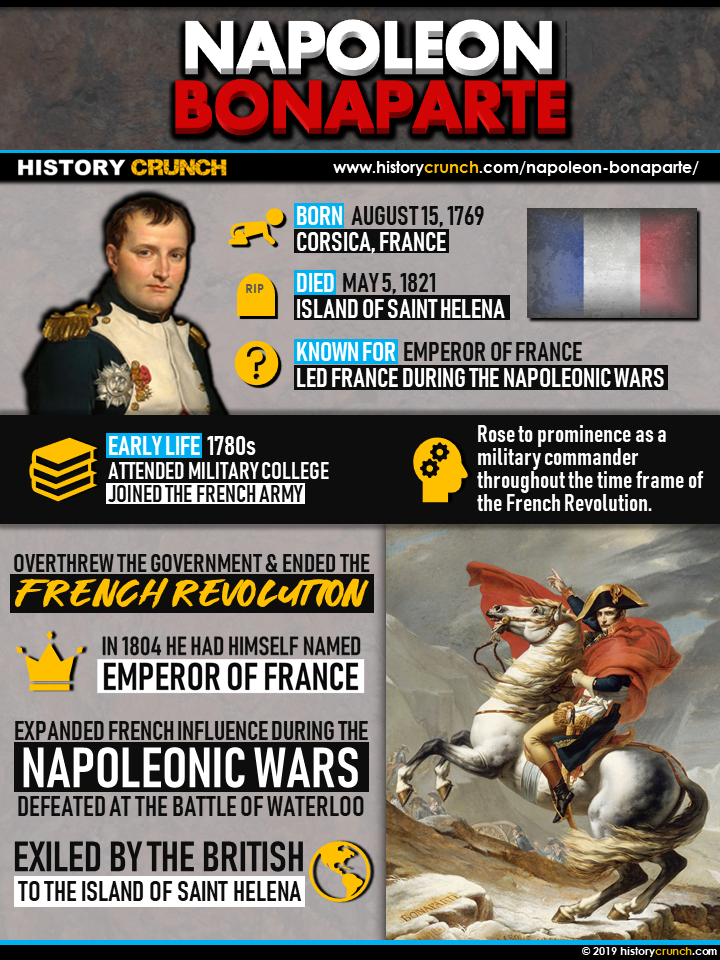

 Ph: Manjik/Dreamstime
Ph: Manjik/Dreamstime Joaquin Phoenix as Emperor Napoléon crowning Vanessa Kirby’s Joséphine, with Lincoln Cathedral, England, playing the part of Notre-Dame.
Joaquin Phoenix as Emperor Napoléon crowning Vanessa Kirby’s Joséphine, with Lincoln Cathedral, England, playing the part of Notre-Dame. The École Militaire, as seen from the Eiffel Tower.
The École Militaire, as seen from the Eiffel Tower.

 Ph: Courtesy of Chteau de Malmaison.
Ph: Courtesy of Chteau de Malmaison.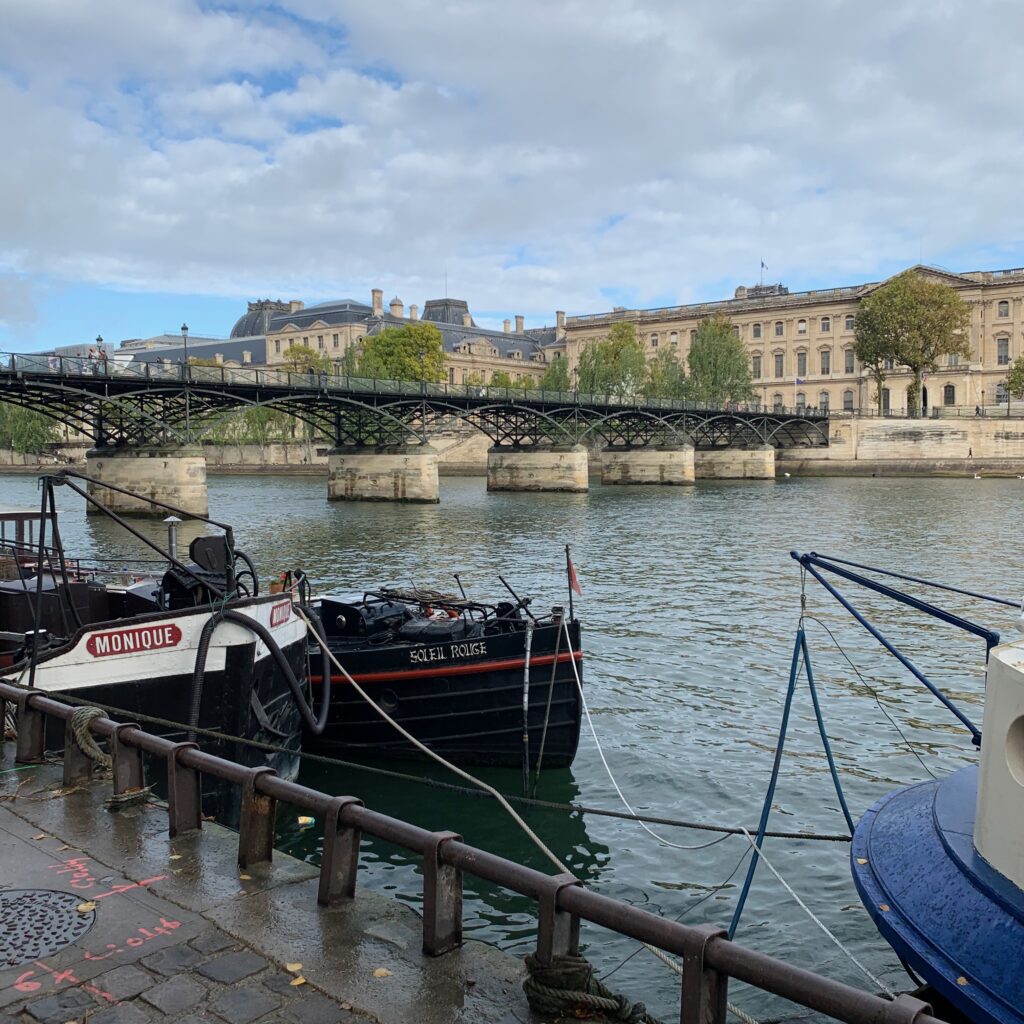
 Ph: Janis Smits/Dreamstime
Ph: Janis Smits/Dreamstime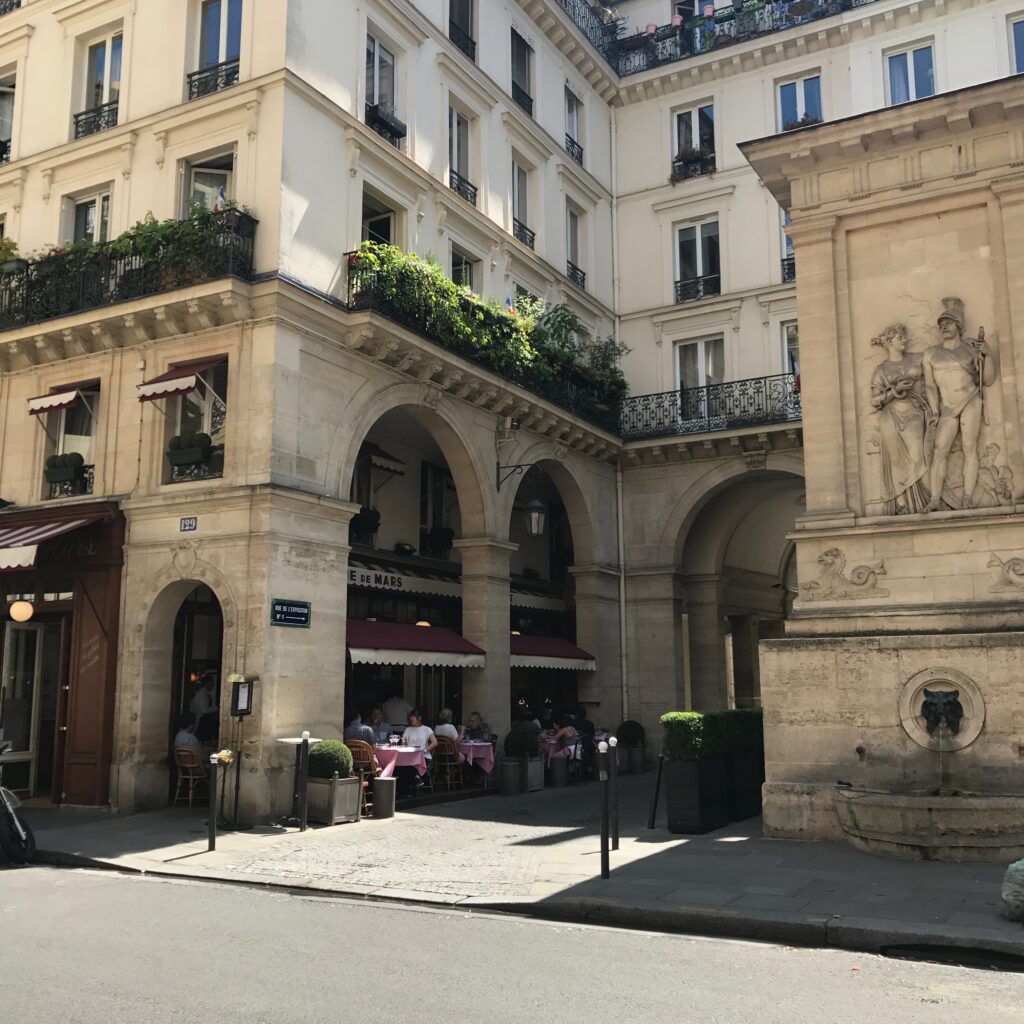
 Rue Saint-Niçaise, as seen on the 1730s Turgot Map of Paris.
Rue Saint-Niçaise, as seen on the 1730s Turgot Map of Paris. Ph: Engin Korkmaz/Dreamstime.
Ph: Engin Korkmaz/Dreamstime.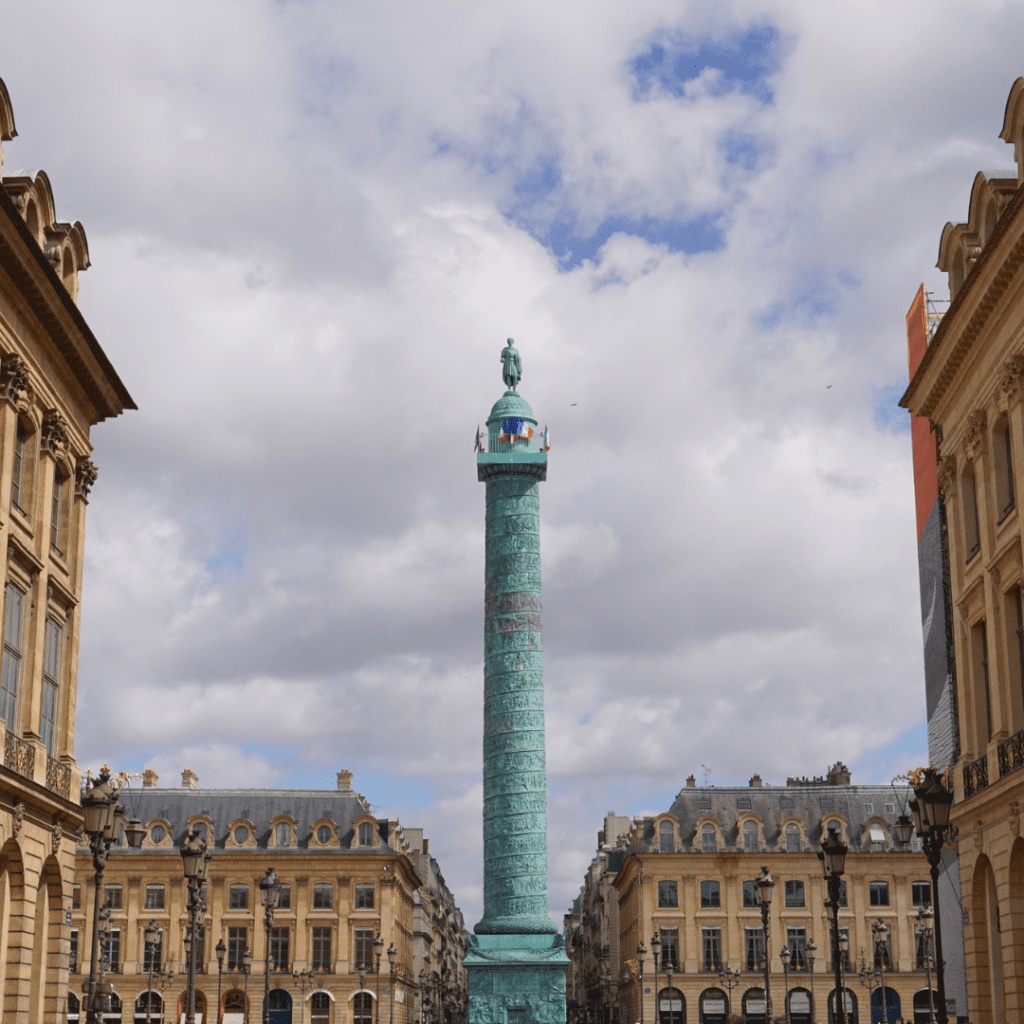
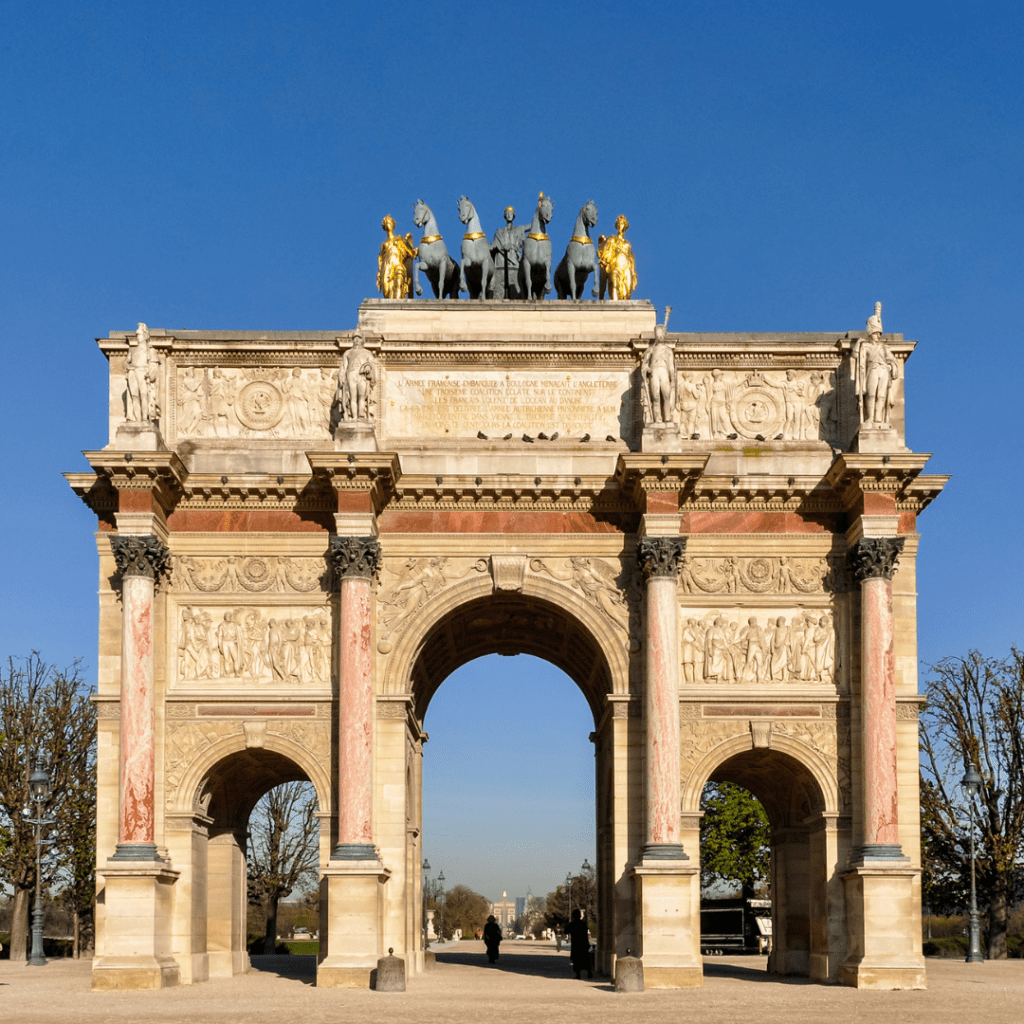
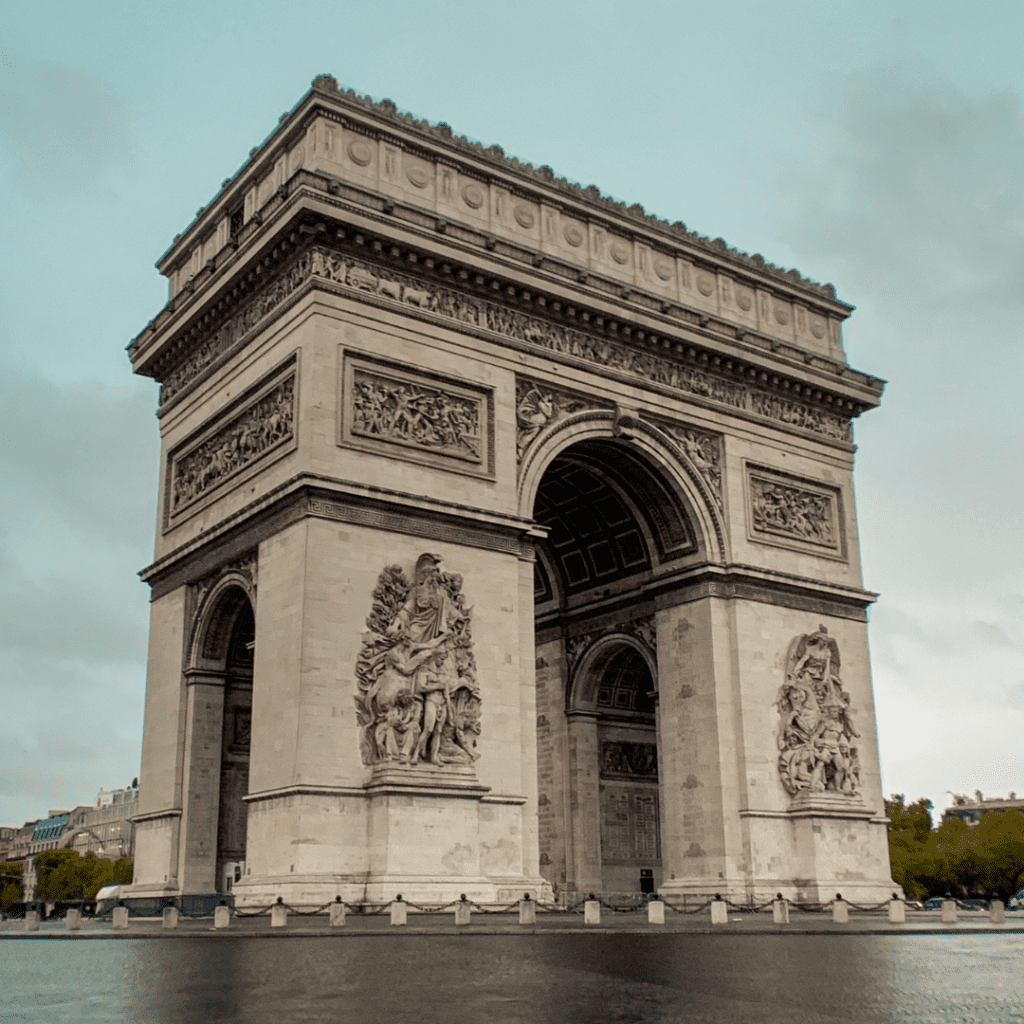
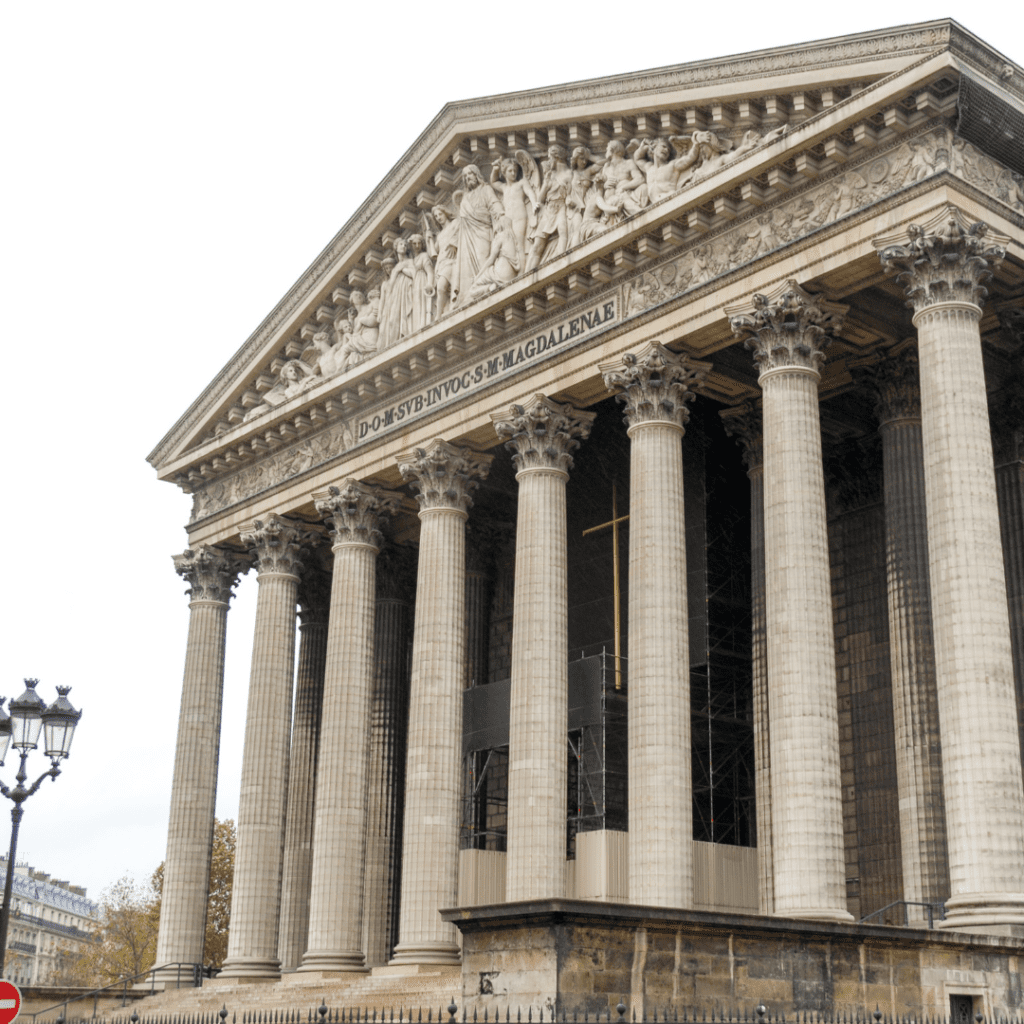
 Napoléon inspecting the works of Percier and Fontaine, painted by Auguste Couder.
Napoléon inspecting the works of Percier and Fontaine, painted by Auguste Couder. Ph: Konstik/Dreamstime
Ph: Konstik/Dreamstime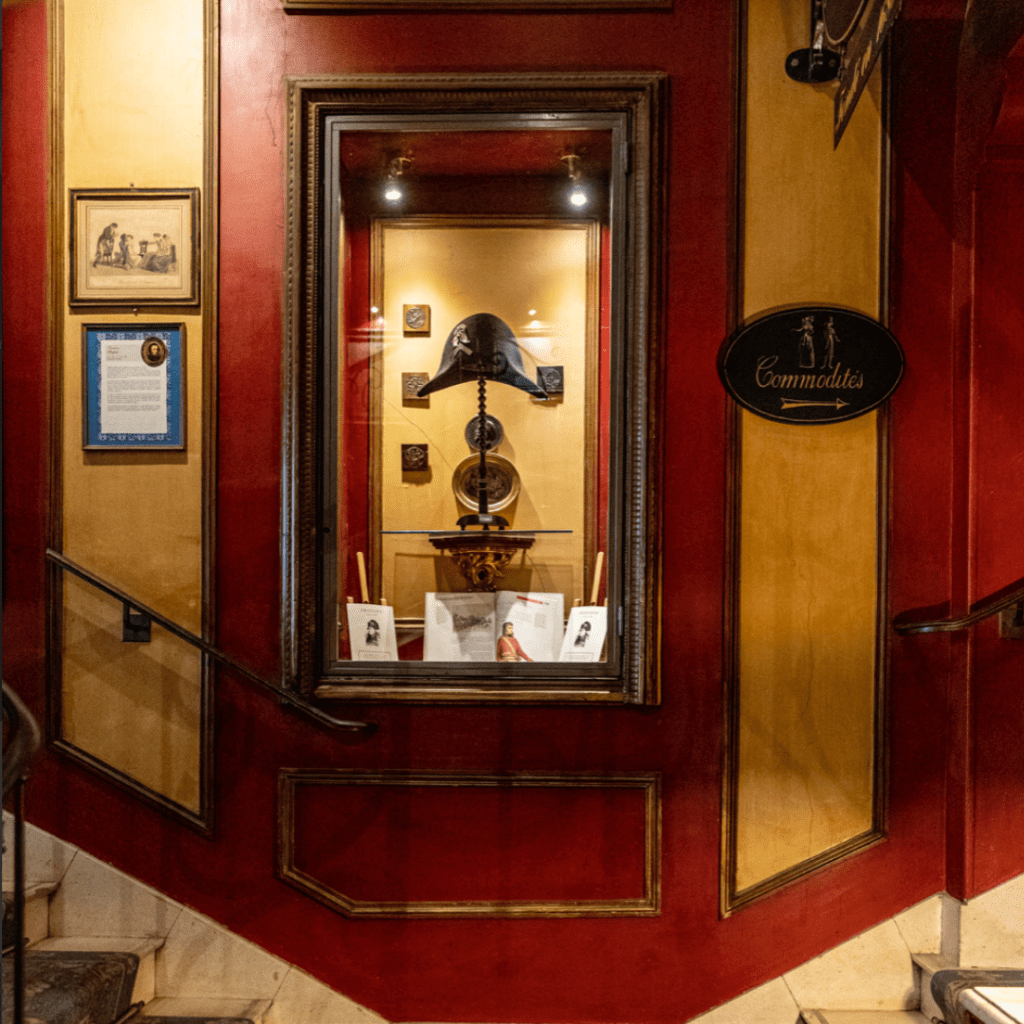
 Ph: Mkojot/Dreamstime
Ph: Mkojot/Dreamstime





